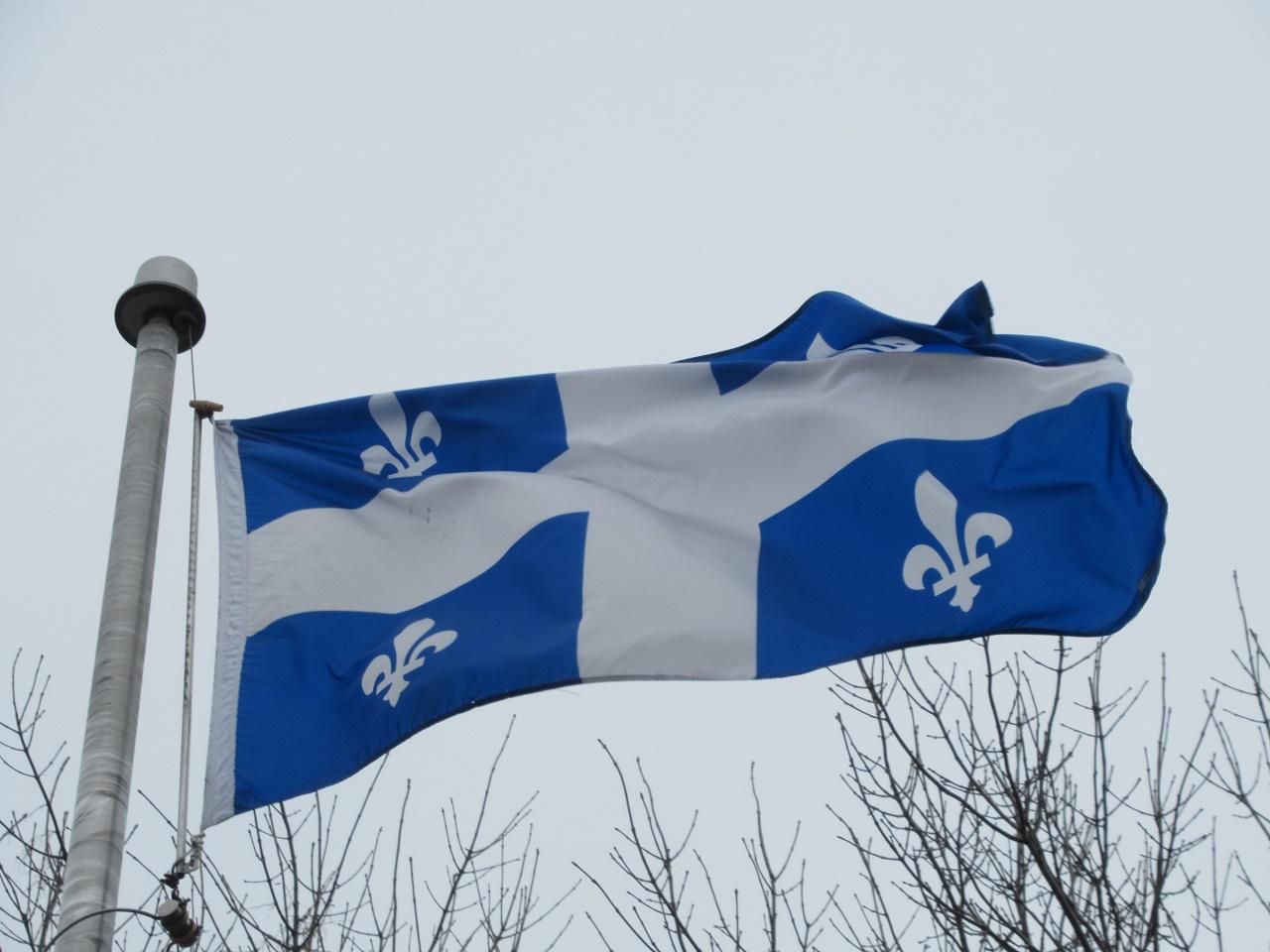Classes will resume in public schools across in Québec when September arrives.
Minister of Education and Higher Education, Jean-François Roberge, made the announcement on Tuesday, June 16, accompanied by the strategic medical advisor to the General Directorate of Public Health of the Ministry of Health and Social services, Dr Richard Massé.
The Direction générale de la santé publique du Québec has given a preliminary green light to the government’s return plan, considering the overall improvement in the epidemiological situation in Québec in recent weeks, as well as the success experienced during the return to school organized in outside the Metropolitan Community of Montreal, the MRC de Joliette and the city of L’Épiphanie.
All preschool, elementary and secondary 1, 2 and 3 students will be present in schools, according to the usual pupil-teacher ratios. Classes will be organized in the form of subgroups of six students or less. The distances of one metre between the subgroups of pupils and two meters with the staff must be respected. The teachers will move according to the subjects to be taught while the students will stay in the same room. For Secondary 1, 2 and 3 students, the lesson schedules and specific projects will be rearranged according to the principle of closed group-classes.
For Secondary 4 and 5 students, two options will be available to school service centers, depending on their needs.
The first option is modeled on the model chosen for students in Secondary 1, 2 and 3: all students will be in attendance and reorganization will be made regarding the schedule of optional courses and specific projects, based on the group principle – closed classes. The second option consists of an alternation formula with groups formed in compliance with the rules of physical distance attending school at least every other day. Online learning and homework would then complete the educational offer.
For the general education of adults and vocational training, the return of the pupils in attendance is planned, particularly to allow practical learning and exams. The social distancing in force between students and teachers must be respected at all times, except in programs where it is impossible to do so, in which case students and teachers must equip themselves with personal protective equipment.
In order to be ready for any eventuality, the school service centers will need to have an emergency protocol before the start of the fall. This should allow them to quickly switch to distance learning if the situation should require it. This protocol must in particular provide mechanisms for the rapid distribution of tablets and laptops to students who need them, established processes for the use of digital platforms in order to continue learning and maintain communication, training for staff, students and their parents as to their use, as well as measures of accountability for services rendered to students.
For its part, the government will also make sure to put everything in place for the school network in anticipation of a second wave. Remember that accelerated and free training has already been implemented for teachers and all school staff, following an agreement with TÉLUQ. An additional $ 150 million has been made available to school service centers to provide schools with enough tablets and laptops in time for the next school year.
The government is also working on other initiatives as a preventive measure, for example the establishment, in collaboration with Savoir Média, of the Matière à emporter project, which consists of educational capsules for television and the web that will be broadcast in the event of schools being closed.


